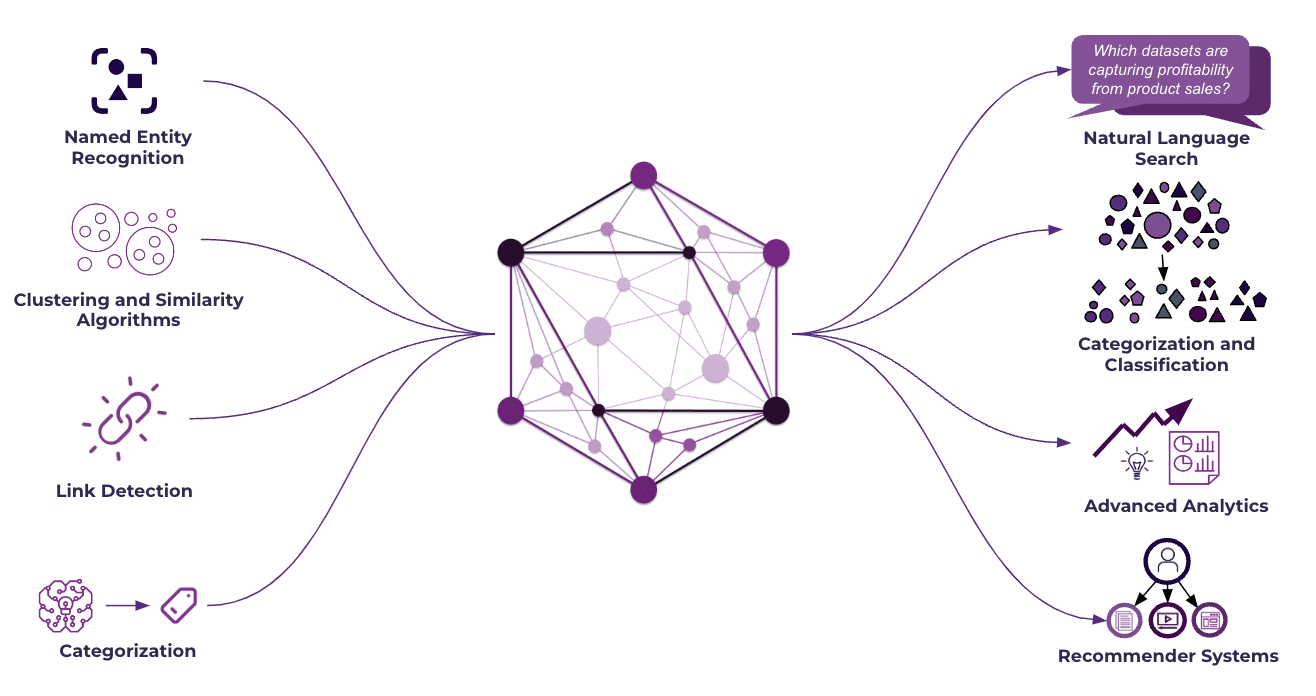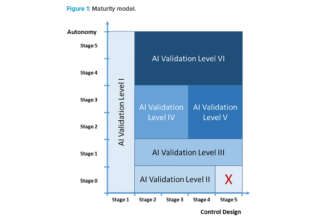
Data is the lifeblood of modern enterprises. Yet, the sheer volume and complexity of unstructured data many organizations deal with has resulted in chaos—a labyrinth of potential risks and hidden insights. For today’s CIOs, CISOs, and data security professionals, combating these challenges isn’t just about safeguarding sensitive information. It’s about understanding your data in context and leveraging cutting-edge solutions like AI to enable smarter decision-making and mitigate risks.
Data discovery is being transformed by AI-powered semantic understanding and modern machine learning technologies, which will be the subject of this blog. We’ll highlight operational challenges like excessive permissions and risky file-sharing practices and showcase how organizations can achieve greater clarity, improve security, and reduce complexity while creating a more resilient infrastructure.
Why Context is Crucial in Data Security
One key truth lies at the heart of any effective security strategy: data doesn’t exist in isolation. Its value—and risks—lie in context. As businesses expand, the risks posed by unstructured, untagged, and unprioritized data multiply exponentially. Without a clear understanding of how data is stored, shared, or accessed, businesses face critical challenges, including:
Excessive Permissions: Employees or third parties often have access to files they don’t need, creating unintentional exposure risks that malicious actors can easily exploit.
Risky Sharing Methods: Cloud-based collaboration tools and shared drives can result in the accidental or unauthorized disclosure of sensitive information if they are not properly managed.
Operational Inefficiency: Manually monitoring and identifying risks without automated tools wastes valuable time and resources.
Compliance Risks: Failure to demonstrate control and understanding of data can lead to costly penalties, particularly under regulations like GDPR and CCPA.
These challenges require more than traditional security measures. They demand an understanding of what data is, where it is located, who has access to it, and—critically—why it matters. This is where advanced AI and semantic solutions come into play.
How AI Enables Semantic Understanding in Data
Semantic AI distinguishes itself by focusing on relationships within data rather than just processing it. Instead of simply identifying a string of information, it leverages machine learning models and natural language processing (NLP) to interpret the meaning and context of that data. Its ability to analyze unstructured data is revolutionary for businesses operating in complex environments.
Key Advantages of Semantic Understanding
Data Discovery Beyond Metadata
Traditional data discovery tools rely on metadata (e.g., file name, size, or creation date), providing only surface-level understanding. AI semantic technologies, however, analyze the content’s meaning. This allows organizations to precisely separate sensitive intellectual property from routine documents.
Identifying Data Relationships
Semantic AI maps relationships between data to uncover patterns that humans might miss. It can, for instance, determine whether a secret R&D report is connected to an email thread shared with external vendors—a potential danger that necessitates immediate action. Context-Driven Decision Making
By focusing on context, semantic AI empowers businesses to classify data appropriately. Whether determining which files require top-tier encryption or deciding which must undergo compliance audits, context drives smarter, more actionable decisions.
Essential Risk Mitigation Uses of Semantic AI How can enterprises apply semantic understanding to mitigate security risks effectively? Here are a few compelling use cases where these advanced solutions deliver tangible value:
Improving Access Permissions
By analyzing data relationships, semantic AI can detect access patterns and dynamically recommend adjustments to permissions. For example, it may suggest revoking access to a sensitive contract folder for a finance intern whose role no longer requires it. This proactive management reduces the likelihood of insider threats while ensuring compliance with access control policies.
Detecting Anomalous Activity
Traditional tools often generate too many false-positive alerts. AI models trained to understand semantic patterns can pinpoint anomalies, such as unexpected file access outside office hours. This enables faster, more effective incident response.
Mitigating Risks in File Sharing
Semantic AI provides real-time insight into data flow when files are shared. It can instantly flag unauthorized sharing of confidential information and recommend encryption or restricted access to prevent a potential breach. Additionally, semantic AI helps manage and monitor duplicate datasets by identifying and classifying data. This reduces the footprint of redundant data, lowering storage and infrastructure costs and minimizing risk. With fewer duplicates, the attack surface is smaller, meaning sensitive data doesn’t need to be protected multiple times across various locations.
Strengthening Compliance Audits
When facing external audits, semantic AI can simplify the reporting process. It quickly identifies gaps and satisfies regulatory requirements by categorizing data based on compliance needs (e.g., GDPR, SOC 2, HIPAA), saving time and effort.
Enhancing Data Governance
Semantic AI can automatically classify and tag data, ensuring critical files are only accessible to authorized stakeholders. Information that is out-of-date or redundant can be safely archived or deleted, which improves storage practices and reduces the likelihood of accidental exposure.
Reducing Operational Complexity with AI
Most enterprises find navigating the path from raw data to actionable insights complicated. Add in the need to mitigate risks, and the task becomes even more daunting. AI offers a solution that makes these procedures simpler and works well with today’s business environments. Despite AI’s ability to simplify operations, its true power lies in its capacity to generate strategic advantages. By integrating AI-driven automation and semantic understanding, enterprises are better equipped to stay ahead of emerging threats.
Collaboration for Success Introducing advanced AI systems into your security strategy is a significant step. But you don’t have to go alone. Partnering with experts like Redapt allows you to tailor automation solutions to your needs, streamlining your operations and ensuring robust security coverage.
Closing the Gap Between Chaos and Clarity
The modern enterprise faces a dilemma—an overwhelming volume of data coupled with the escalating risks of failing to manage it effectively. Advanced AI technologies like semantic understanding bridge the gap between chaos and clarity.
By empowering organizations to uncover hidden insights, automate complex tasks, and proactively manage risks, AI allows data security professionals to focus on what truly matters—protecting their organizations and enabling innovation.







